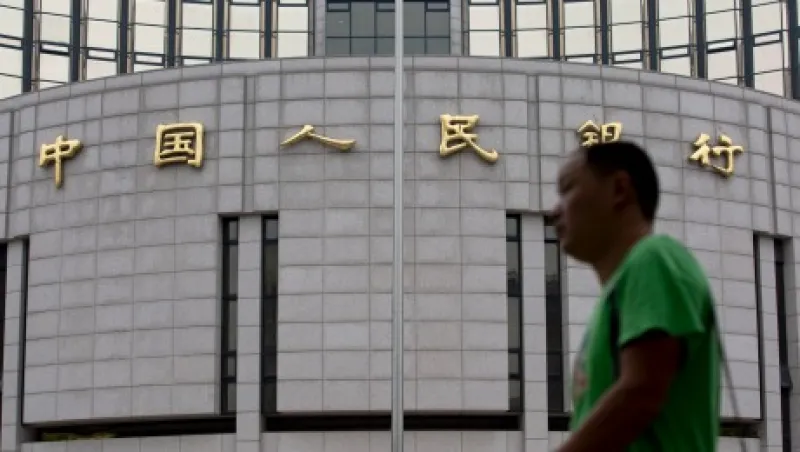This morning investors are left to ponder fresh economic data from China and what it means for global growth. China’s National Statistics Bureau released third-quarter 2014 GDP today. At an annualized 7.3 percent, growth was slightly stronger than forecast but still represents the slowest pace of expansion in more than five years. Industrial production for September also beat forecasts at a year-over-year pace of 8 percent, while retail sales for the month came in flat. Perhaps the most telling data point in today’s data releases was fixed-asset investment, which reached the slowest pace since 2001 in the nine months ending September. With growth continuing to cool in the world’s key driver of demand but still demonstrating sufficient resilience to dissuade policy makers from launching fresh stimulus measures, the big question for markets is how the global economy can shake off a slump.
Draghi eyes new asset classes. Media speculation this morning surrounding the European Central Bank’s asset purchase facility has focused on the possibility that corporate bonds may be added to the mix in the near term. For ECB president Mario Draghi, the struggle to reverse deflationary pressures remains the primary policy focus.
U.S. home sales expected to show pickup. In the U.S. the pace of existing home sales is forecast to increase for September after a surprise drop in August. Today’s release is expected to show tight supply as remaining a factor.
Harley Davidson and Yahoo earnings on deck. After Apple beat expectations and IBM disappointed in announcements yesterday, earnings releases will continue to be in the spotlight today. Harley Davidson and Yahoo are among the day’s most eagerly anticipated calls.
Reserve Bank of Australia issues inflation warning. Reserve Bank of Australia deputy governor Philip Lowe urged vigilance over inflation due to low global rates in a speech today in Sydney. Lowe also expressed concerns that the Australian banks are taking on increased risk in real estate loans. According to RBA data, home prices in hot markets such as Sydney have risen by double digits this year, with investment in rental properties accounting for nearly half of all new loans.
Portfolio Perspectives: Why It’s Time to be Greedy When Others are Fearful — Phil DeAngelo, Focused Wealth Management
Interest rates may have triggered a possible buy signal in the stock market. Benchmark ten-year Treasuries are yielding 2.19 percent as of Monday. They hit an intraday low of 1.86 percent — a rate lower than the S&P 500’s dividend yield of 2.1 percent Wednesday. In such a low rate environment, the S&P not only offers a competitive income stream but also more potential for long-term capital appreciation. Coincidentally stocks started rebounding sharply from their intraday lows Wednesday.
Stocks are more attractive, given that bonds are barely outpacing inflation, which hovers at 1.7 percent as of August. Risk-free yields are even lower overseas. Investors have few other options than the U.S. stock market in light of uncertainties abroad. Investors should consider stock with superior real yields relative to bonds to protect their purchasing power. Interest rates have historically tracked the nominal GDP growth rate. So bond rates are expected to remain ultra low for the foreseeable future — unless we experience an unexpected increase in GDP or inflation.
Dividend payers have historically outperformed nondividend payers with less risk. Thanks to the recent sell-off, GE’s valuations haven’t been this attractive in two years. GE yields 3.7 percent, which is higher than both its industry average and the S&P 500. Yet the conglomerate trades at a lower price-to-book ratio of 1.8 and a price-to-earnings ratio of 17 compared to both its industry and market benchmark. (For full disclosure, I bought GE shares for clients this week.)
Many other blue-chip dividend payers were tossed into the bargain bin, although their yields may not be as juicy as GE’s. AIG is trading below book value with a P/E ratio of 8 — less than half S&P 500’s P/E of 18 and its peers’ P/E of 14. Citigroup and Bank of America are also trading below book value.
Philip DeAngelo is the owner and managing director of Focused Wealth Management, a registered investment adviser in Highland, New York.






